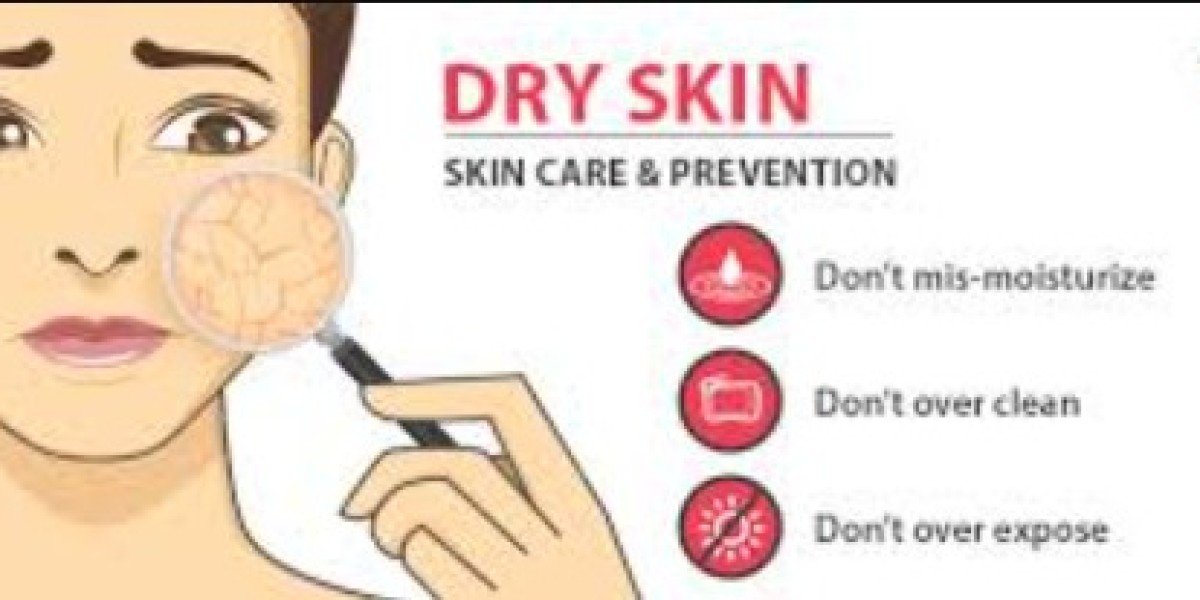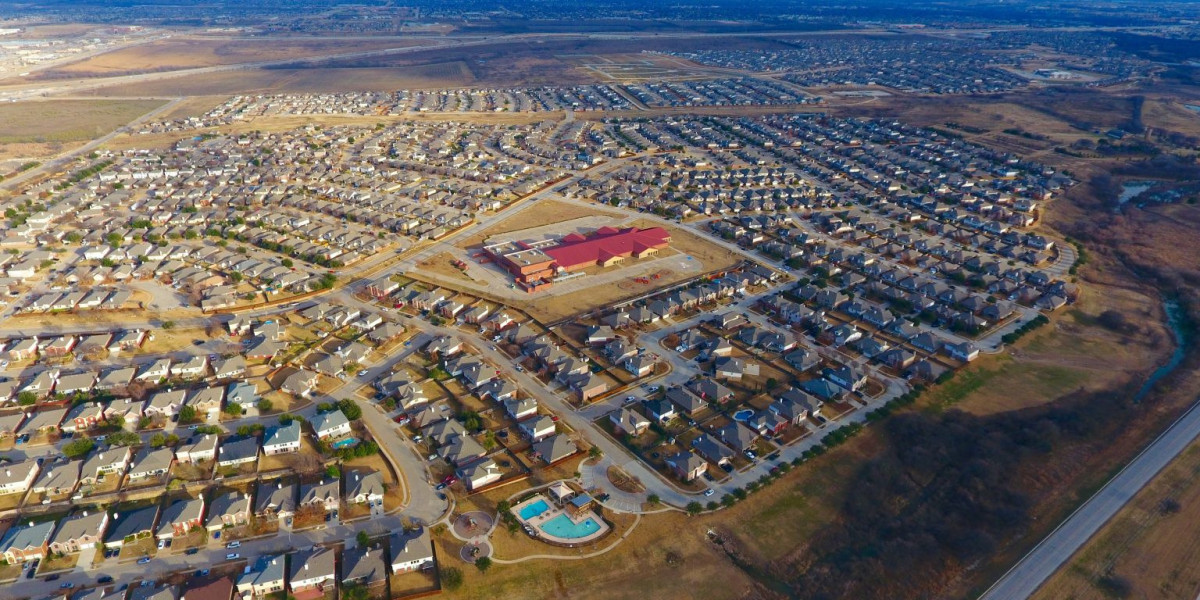Dry skin, also known as xerosis, is a common skin condition affecting people of all ages. It is characterized by a lack of moisture in the outer layer of the skin, which results in a rough, flaky, or scaly texture. While dry skin can appear anywhere on the body, it is particularly common in areas like the hands, feet, elbows, and face. Understanding the causes, symptoms, and remedies for dry skin can help you manage and prevent it effectively.
Causes of Dry skin
Several factors can contribute to dry skin. These causes can be external(environmental) or internal (physiological). Below are some of the key reasons Why your skin may become dry:
Environmental Factors
1. Cold weather, especially in winter, strips the skin of natural oil.
2. Excessive exposure to the sun can lead to moisture loss, causing dry, flaky patches.
3. Low humidity levels, whether indoors or outdoors, can dehydrate your skin.
Harsh skincare products
· Soaps, cleansers, and skin care products containing harsh chemicals can strip your skin of its natural oils, leaving it dry and irritated.
Hot Water Exposure:
· Frequent hot showers or baths can damage the skin’s natural barrier, leading to dryness.
Aging:
· Our skin produces less oil as we age, making it more prone to dryness.
Medical Condition:
· Conditions like eczema, psoriasis, or hypothyroidism can contribute to dry skin.
Common symptoms of Dry skin
Dry skin can manifest in various ways, depending on its severity. The most common symptoms include:
1. Flaky or scaly skin
2. Itching and irritation
3. Red or inflamed patches
4. Tightness, especially after bathing
5. Cracked skin, which can sometimes bleed
6. Best Skincare Routine for Dry skin
7. Managing and preventing dry skin starts with a tailored skincare routine.
What to see a Dermatologist
Dry skin can usually be managed with proper care and over-the-counter treatments. However, if your skin becomes severely cracked, bleeds, or is accompanied by extreme itching or rashes, it’s important to consult a Dermatologist. You may have an underlying skin condition, such as eczema or psoriasis, that requires specialized treatment.
Types of dry skin
· Exposure to dry wealth conditions, hot water, and certain chemicals can cause your skin to dry out. Dry skin can also result from underlying medical conditions.
· Dermation is the medical term for dehydrated skin. There are several different types of dermatitis.
Contact dermatitis
· Contact dermatitis develops when your skin reacts to something it touches, causing localized inflammation.
· Irritant contact dermatitis can occur when your skin is exposed to an irritating chemical agent, such as bleach.
· Allergic contact dermatitis can develop when the skin is exposed to a substance you’re allergic to, such as nickel.
Seborrheic dermatitis
Seborrheic dermatitis occurs when your skin produces too much oil. It results in a red and scaly rash, usually on your scalp. This type of dermatitis is common in infants.
Atopic dermatitis
· Atopic dermatitis is also known as eczema.
· It’s a chronic skin condition that causes dry scaly patches to appear on your skin.
· It’s common among young children.
· Other conditions, such as psoriasis and type 2 diabetes, can also cause your skin to dry out.
Is dry skin normal
Dry skin is caused when the skin loses water too quickly and therefore becomes dehydrated. There are a few things that can increase the risk of the skin losing water.
Risk factors for dry skin
Dry skin can affect anyone. But some risk factors raise your chances of developing skin, including:
Age.
· Older adults are more likely to develop dry skin. As you age, your pores naturally produce less oil, raising your risk of dry skin.
Medical history.
You’re more likely to experience eczema or allergic contact dermatitis if you have a history of these conditions or other allergic diseases in your family.
Season.
· Dry skin is more common during the fall and winter months when humidity levels are relatively low.
· In the summer, higher levels of humidity help stop your skin from drying out.
Bathing habits.
Taking frequent baths or washing with very hot water raises your risk of dry skin.
Common Symptoms of Dry Skin
Dry skin can manifest in a variety of symptoms depending on its severity. Look out for these signs:
1. Rough, flaky, or scaly patches
2. Tight or itchy skin
3. Cracks or fine lines on the skin’s surface
4. Redness or inflammation
5. Peeling, especially on hands, feet, elbows, and knees
Treatment for dry skin
Your doctor’s recommended treatment plan will depend on the cause of your dry skin.
In some cases, they may refer you to a Oily skin specialist or dermatologist. Along with lifestyle remedies, they may recommend over-the-counter or prescription ointment, creams, or lotion to treat your symptoms.
Outlook for dry skin
If you experience occasional dry skin, you can likely prevent and treat it using simple lifestyle changes and over-the-counter moisturizers. If you develop severe dry skin, make an appointment with your doctor.
If left untreated, dermatitis can get worse. Early treatment will help you feel comfortable sooner and lower your risk of complications, such as open wounds from scratching and skin infections.
When your skin Is Dry
It can be uncomfortable—rough, itchy, and gray or ashy in color. It may feel tight, especially after you shower, bathe, or swim. You may have unusual redness and lines and cracks in the skin, sometimes deep enough to bleed. Many things can cause it, and what you can do about it depends on what brought it on.
What is Dry Skin
· When the skin does not have enough moisture or naturally occurring oils to keep it soft and supple, dry skin, also known as xerosis, develops. While some folks may naturally have dry skin, others may get it from illnesses.
· But it usually doesn’t last long and isn’t bad. The elbow, arm, and legs are the most typical areas of the body where dry skin can develop, but it can also happen elsewhere in the body.
· Additionally, it may occur at various ages. Scaling itching, and cracking are unwelcome symptoms of dry skin. It may happen for several reasons.
· If you often wash your hands and use hand sanitizer, your hands may become dry. Applying Moisurizar after each wash can be beneficial in relieving Dryness.
Dermatological Signs of a Damaged Skin
Skin behavior significantly changes due to aging, diseases, and environmental conditions.Pollution due to industrial developments and rapid urbanization greatly contributes to the incessant discharge of harmful anthropogenic substances such as cigarette smoke, nitrous oxide, particulate matter, and volatile organic compounds into the Earth’s atmosphere, all of which are mostly involved in exacerbating skin pathologies, in addition to several cardiovascular and respiratory disorders.
Healthy Diet and Skin Health
A good eating attitude has been described as the best defense for the skin owing to the roles of phytochemicals, functional proteins and peptides, functional oils, functional sugars, minerals, probiotics, and vitamins in the improvement of photoaging-associated functional decline and morphological abnormalities[9] Food remains the fundamental foundation of life. The body obtains the required materials for growth, development, and maintenance through diet. Furthermore, modern science.









